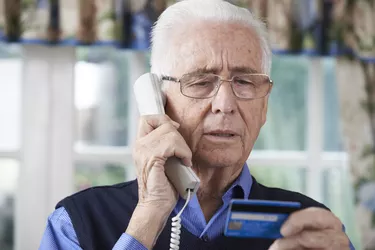
A CVV, which stands for card verification value, provides a measure of security when you're shopping online or by phone and not physically present to show your card. If your CVV is completely worn off -- and you can't read it at all -- contact the card issuer immediately. Do the same if you suspect someone knows both your credit card account number and its CVV.
Replace for Your Protection
Video of the Day
While a credit or debit card issuer -- with whom you have a good financial relationship -- might make an exception and process a transaction in progress, financial institutions don't "replace" CVVs. These numbers are meant to provide security for the specific credit card numbers they are assigned to.
Video of the Day
Your debit or credit card issuer may consider your card damaged if you can't read the CVV and issue you a new card upon your request. Whether the card issuer charges you a card replacement fee varies among financial institutions. If your card number and CVV have been used for fraudulent activity, your financial institution will cancel the card and issue you a new one with both a new account number and a new CVV.
Tip
When there's an issue with the CVV, it's up to the merchant's discretion as to whether to process the transaction, according to the Authorize.net website. It may take a phone call to the merchant and the card issuer to process a transaction in progress.